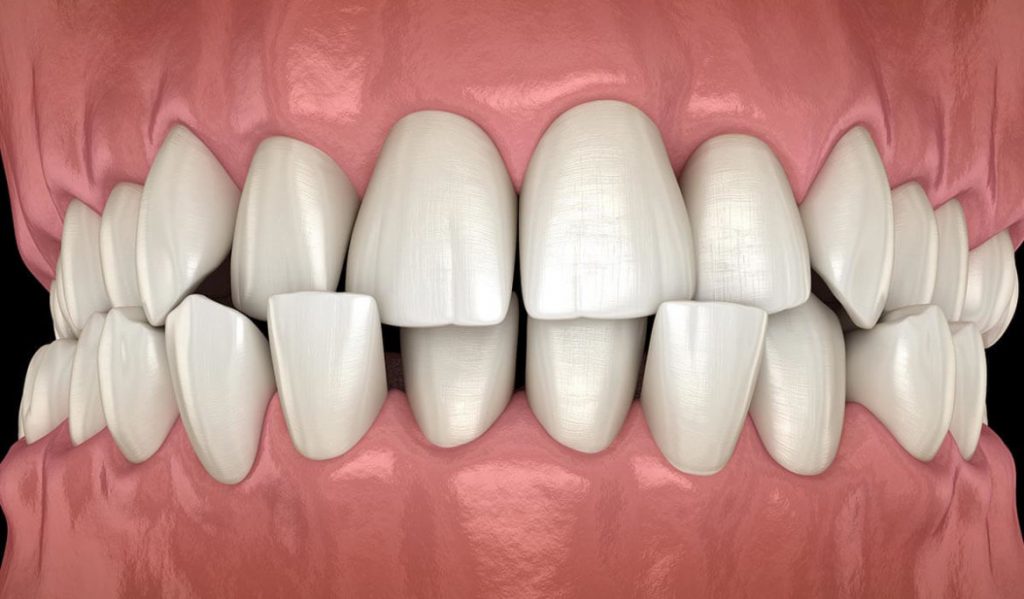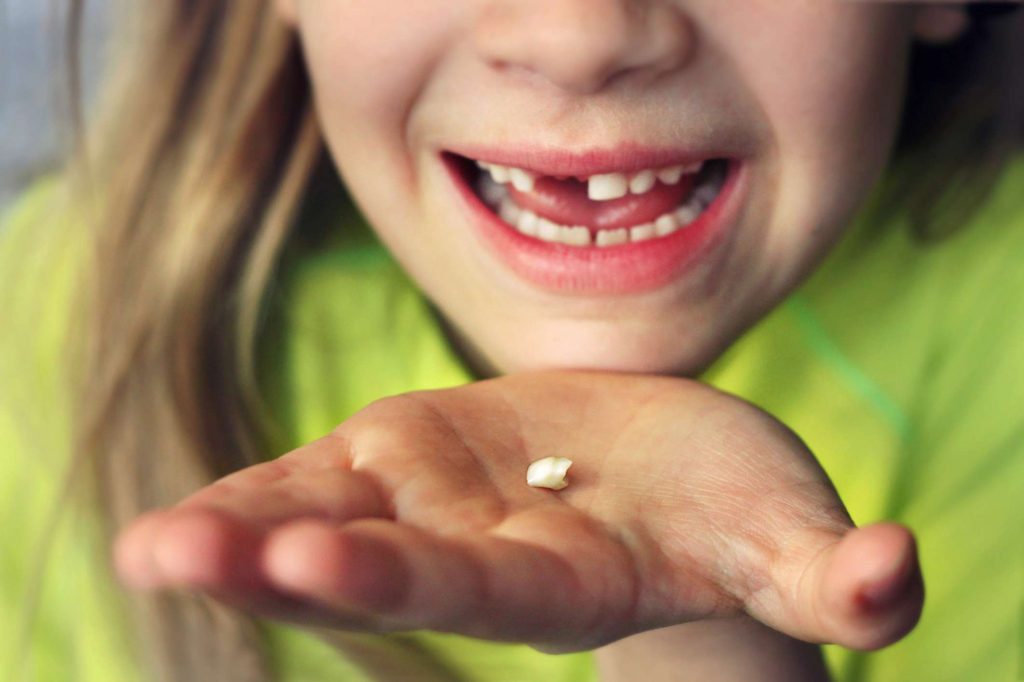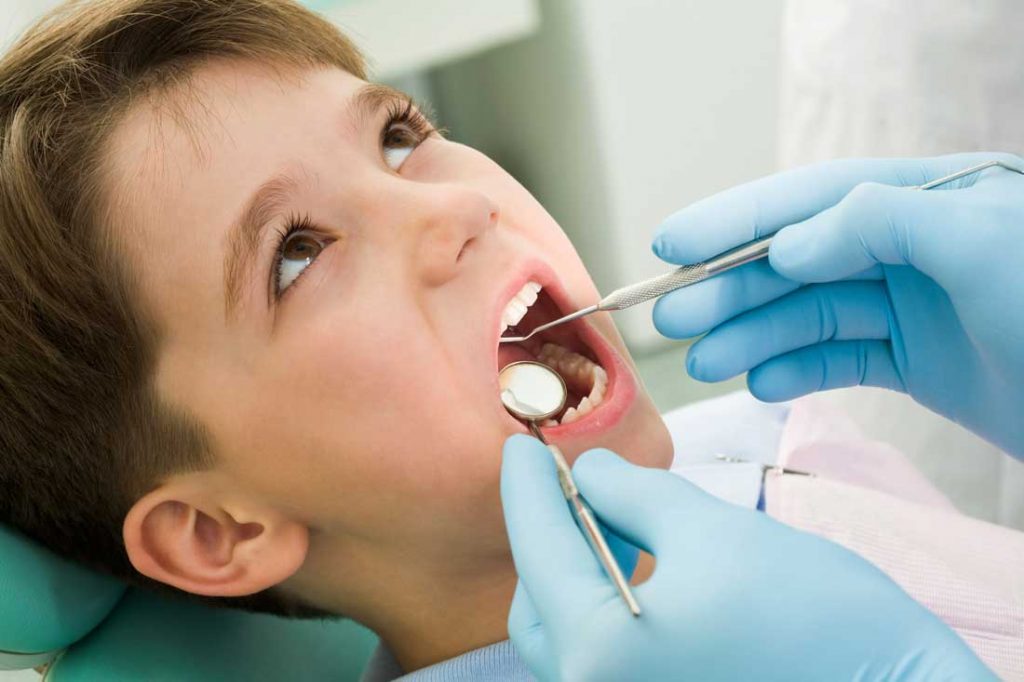Due to advancement of life and genetic inheritance, more and more people suffer from mal-alignment of teeth. This condition not only affects one’s appearance but also reduce chewing efficiency causing indigestion. Indigestion would lead to malnutrition eventually.
Mal-alignment of teeth would not only cause biological but psychological problems as well. A lot of people with affected smile would have problems with jobs’ interviews.
How does mal-alignment occur?
Most experts believe beside genetic, habits and environmental factors would also play a role. As humans evolve, the foods we eat are more delicate and easier to shear. Lack of force requirement and exercise of the jaw would cause our jaw to become smaller. Thus, a smaller jaw cannot accommodate our teeth causing tooth and jaw size discrepancy. Thumb sucking and tongue thrusting habits would affect the position of teeth as well.
Causes of teeth mal-alignment
Genetic Factor
Malnutrition and disease during pregnancy would cause developmental defects over babies’ teeth. Their teeth would be malformed or there would be supernumerary (additional teeth), congenitally missing teeth and labial frenum defects.
Environmental factor
- Malnourished or sick
- Insufficient chewing exercise
- Incorrect position during breast feeding
- Respiratory problem causing mouth breathing
Early loss of milk teeth
Milk teeth act as guidance for permanent teeth to erupt into a correct position. When milk teeth have decays, they are ought to be filled otherwise early extraction is inevitable. When this happens, other teeth might migrate to the extraction site causing insufficient space for subsequent eruption of permanent teeth.
Abnormal habits
- Thumb sucking and tongue thrusting would cause anterior open bite
- Upper lip biting would cause lower teeth to protrude
- Lower lip biting would cause upper teeth to protrude
Risks of mal-alignment
80% of people who has mal-alignment have some degree of gum diseases, tooth discoloration, tartar pooling, foul breath, gum bleeding and decays. These are consequences of irregular position and contacts in between teeth resulting difficulty in cleaning. These unclean surfaces harbor bacteria, food debris and plaque. Bacteria would release acid while they digest the plaque on tooth causing tooth decay.
Besides, plaque would mineralize and attached firmly to teeth either on or below gum level. Tartar would affect your gums causing them to swell and bleeds (gingivitis). Direct contact of plaque with gums would also cause gingivitis.
Mal-alignment of teeth would cause some teeth to withstand extensive forces of chewing. A prolong traumatic bite would cause inflammation of supporting tissues of the teeth, gum swelling and recession, pulp exposure due to tooth wear and necrosis of that tooth (tooth rendered non vital or dead). A dead tooth would discolor. If it is not treated it would cause root canal problems.
Treatment
There are two types of braces namely:
- Removable appliance where you can wear and remove the appliance freely. It was done during milk teeth or mix dentition stage.
- Fixed appliance where brackets are glued to teeth and you could not remove them. It has a wider range of treatment modalities that could treat complex cases. Some cases that involve facial or skeletal abnormalities would require surgery before braces.
Mal-alignment has varied degrees. Duration and fee of treatment depends on severity of cases. Most cases may need at least 1 year plus to complete and monthly review.
Retention
The position of a set of well aligned teeth would need to be retained to prevent relapse after braces. The retainer must be worn more than a year and the longer the better. A 3 months interval review would be advisable thereafter.








